If you are on the Camino Francés or you are about to walk it, you will probably know the most architectonical “jewels” of the Camino: the cathedrals. Cathedrals were and, indeed, still are the seat of the bishop and a centre of worship and mission. Although the reason why you are doing your camino is not a religious one, you should not miss these truly amazing jewels made of stone.

Let´s start with the first cathedral we found out at the beginning of Camino Francés in Spain.
1. Jaca cathedral
It is not the most popular now but it was a time in the Middle Ages that Jaca was full of splendor, with a commercial center that pilgrims visited on their way to Santiago. It emerged in the 10th century, probably thanks to the strategic importance of its situation in the Pyrenean pass. Jaca cathedral is known as European Romanesque. The most visited chapels are those of San Miguel and the Trinity, as well as the cloister. There is a rich collection of medieval pictures al fresco, which were gathered from different churches of the area. The most important relic of Jaca´s cathedral is the Santo Cáliz or Holy Chalice.
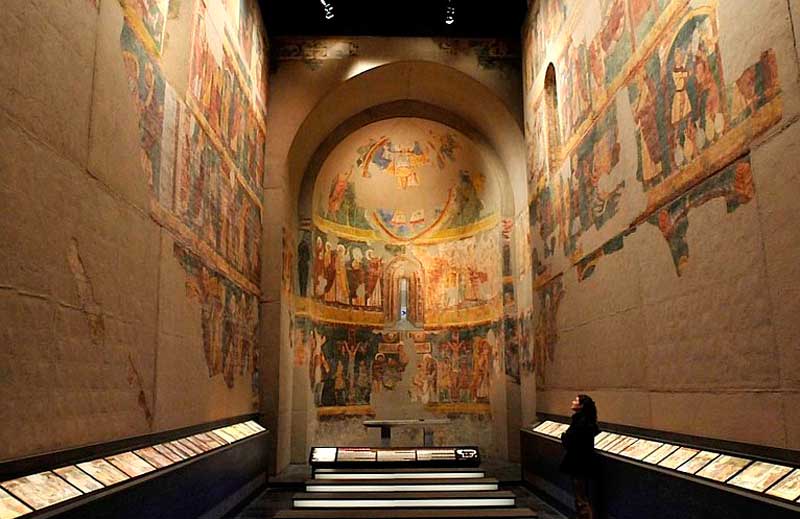
2. Pamplona cathedral
It is an outstanding Gothic building. It was begun in 14th century but it was built on a 12th century Romanesque church. It was finished in 1501. The high altar is crowned by the virgin of Santa Maria la Real, in front of whom the kings of Navarre used to swear their oaths.
The cathedral is divided into three Gothic-style naves. The chapels are in several different styles. The façade of the cathedral is neoclassical.
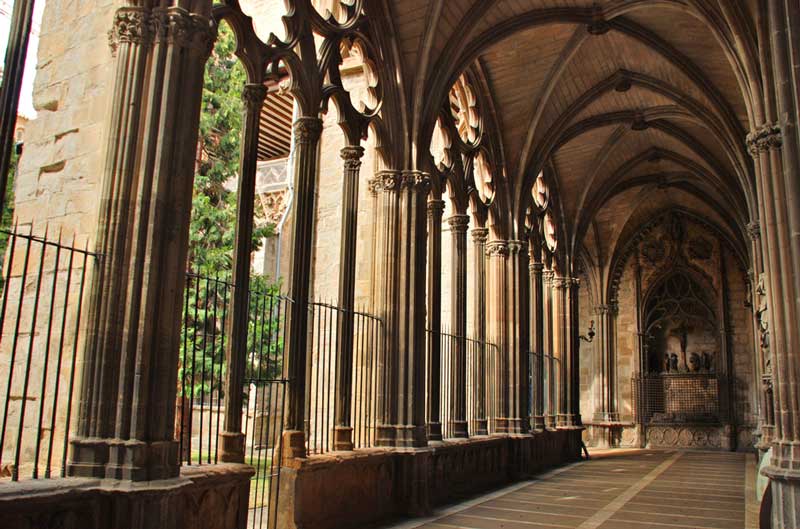
3. Burgos cathedral
It is one the most popular cathedrals in Spain. It was begun in the 13th century and completed in the 15th and 16th centuries. The entire history of Gothic art is summed up in its architecture. It owns a unique collection of works of art such as paintings, choir stalls, tombs and stained-glass windows.
Burgos Cathedral, with the tomb of El Cid and his wife Doña Jimena, is intimately linked to the history of the Reconquista and Spanish unity. Several members of the early royal house of Castile rest beneath the main altar. The memory of Saint Ferdinand is linked to the construction of this symbolic monument of the Spanish monarchy.
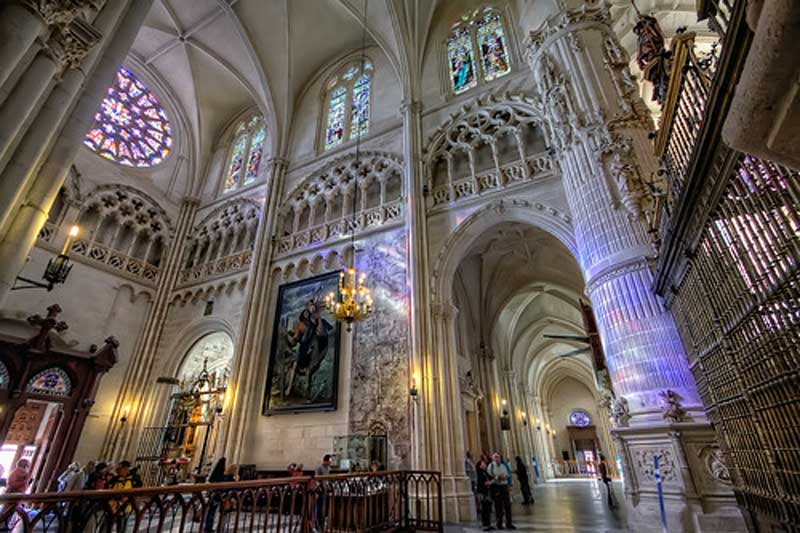
4. León cathedral
The cathedral is undoubtedly the city’s landmark, whose history starts in the 10th century. Majestic, robust yet fragile, the new Leonese temple was inspired by the Gothic style of the French Cathedral of Reims. The most outstanding feature of its structure is the towers, displaced from the lateral naves, and fixed to the last part of the central nave through flying buttresses, besides the three splendid façades of gothic imagery.
León catedral is widely known for its 130 church windows and three rose windows, the true jewels of the temple: 1800 square meters (19375 sq. ft.) of polychrome stained-glass windows with medieval origins. During holidays and weekends (from 12 AM to 2 AM) the stained-glass Windows are lit up from inside, allowing for a special glimpse of the window set.
León Cathedral has had a new organ since 2013, which extends over four arches and counts with five keyboards and 4334 pipes.

5. Santiago de Compostela cathedral
This is the goal and reward of the camino and the most outstanding cathedral in Spain. It is built in granite masonry with roofs in slabs of the same material. It is a Romanesque construction on a latin cross ground plan. But the cathedral of Santiago is a mixture of different times. The Acibechería facade is Neo-Classical (Ventura Rodríguez and Lois Monteagudo). The Praterías facade is Romanesque and a paradigm of medieval religious art. The Baroque Puerta Santa, (1611) is only opened on Holy Years.
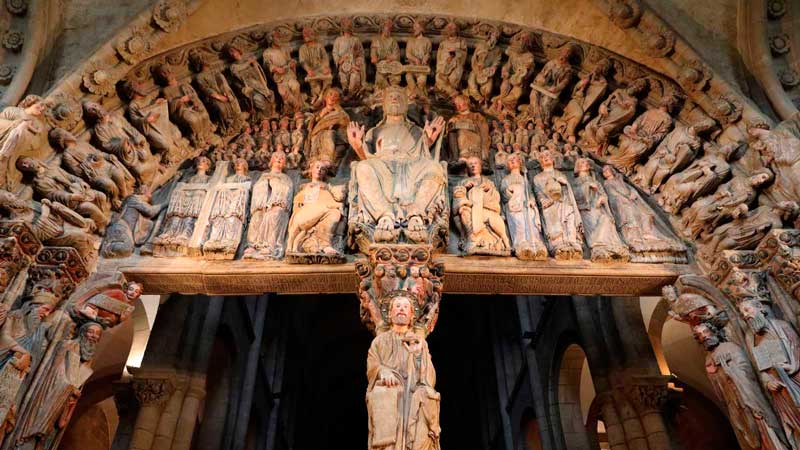
The Obradoiro facade (Fernando Casas y Novoa, 1738-1750) is a combination of stone and glass, with a remarkable large window in the central section, among the largest prior to the Industrial Revolution. Pórtico da Gloria was built by Mestre Mateo, completed in 1188. Thecrowning glory of Romanesque sculpture, designed as a porchway with three arches. The central section represents the ‘Glory’, the final destiny of the just, presided over by a large sculpture of the resuscitated Christ. The left hand section represents the Jewish people waiting in the Limbo of the Patriarchs for the arrival of Christ, and to the right the Final Judgement that will be the destiny of all mankind.
Here you can enjoy a virtual visit to the cathedral of Santiago de Compostela.
https://www.turismo.gal/fotos/IMAGENES/FLASH/ARQUITECTURARELIGIOSANP/vtour_santiago/index.html
Buen camino, amigos!
Anxo Saco
LINKS SOURCES:
Rutas y mapas photo 1 https://www.rutasymapas.com/camino-de-santiago-el-camino-frances/
Jaca photo 2http://www.patrimonioculturaldearagon.es/bienes-culturales/museo-diocesano-jaca
Pamplona photo 3 By Yiorsito – Own work, CC BY-SA 4.0, https://commons.wikimedia.org/w/index.php?curid=11714023
Burgos photo 4 http://www.djibnet.com/photo/map/burgos-cathedral-catedral-de-burgos-hdr-3-3952192361.html
Leon photo 5 https://mustseeplaces.eu/leon-castile-and-leon-spain/
Santiago portico photo 6 http://www.rtve.es/alacarta/videos/telediario/td2-280618-portico/4648399/


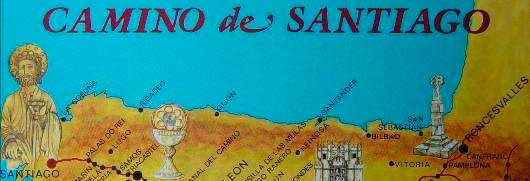
Comments